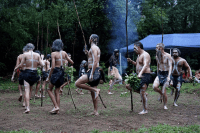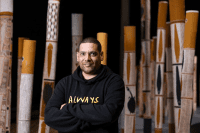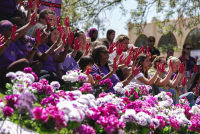Ngurra precinct in Canberra will provide a home for returned ancestral remains in the heart of the capital
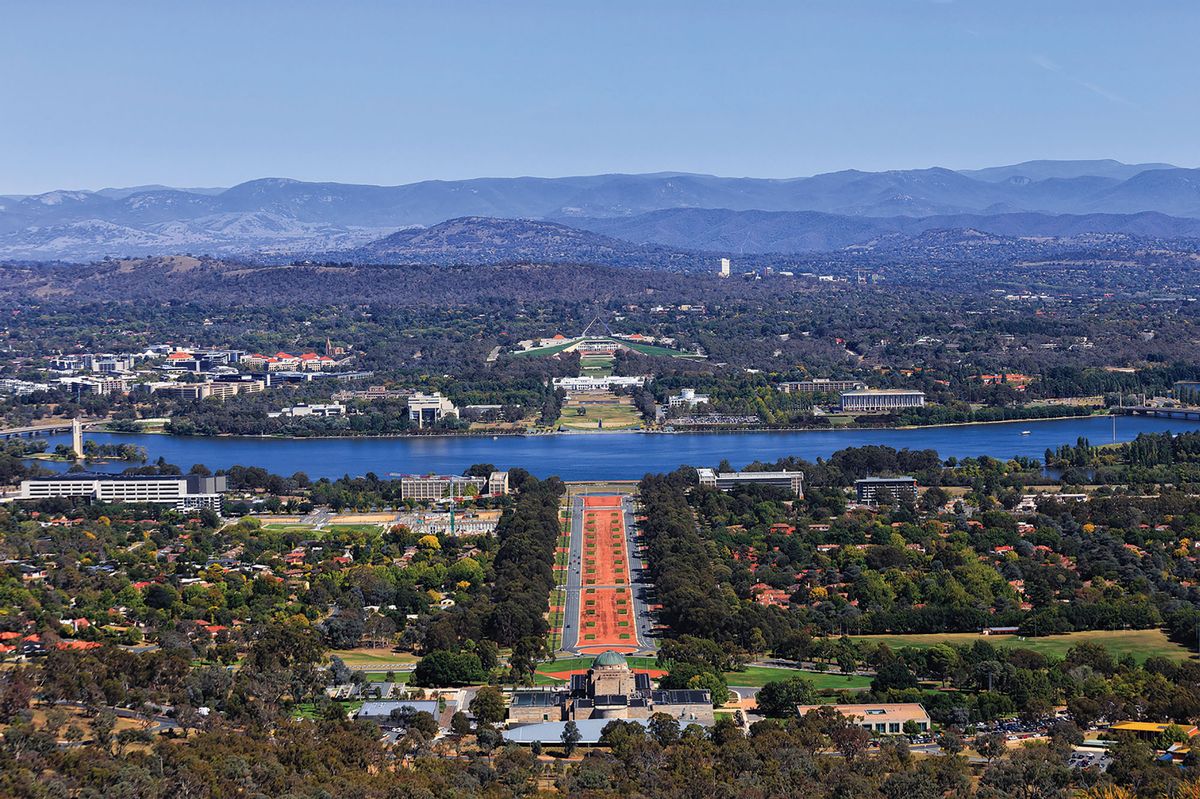
A new Indigenous cultural precinct where repatriated ancestral remains will be cared for, and where Indigenous Australia’s history will be unfurled through a large but little-known collection, is set to become a reality in four years on the shore of Lake Burley Griffin in Canberra.
The Australian prime minister Scott Morrison and the minister for Indigenous Australians Ken Wyatt made the joint announcement on 4 January. The precinct will be called Ngurra, meaning home, country or place of belonging. The federal government has allocated A$316.5m ($228m) towards its construction, with a national architectural competition due to be launched this month.
Significantly, Ngurra will be built on Commonwealth Place in the so-called “parliamentary triangle”, which encompasses Parliament House, the Museum of Australian Democracy at Old Parliament House, the High Court, the National Gallery of Australia and the National Portrait Gallery. The Australian War Memorial sits across the lake. Also nearby is the Aboriginal Tent Embassy, a heritage-listed permanent protest site for Indigenous Australians, where generations of people have fought for equality since 1972.
Ngurra will include a National Resting Place for Indigenous remains that have been repatriated from overseas collections, and a new home for the government-backed Australian Institute of Aboriginal and Torres Strait Islander Studies (AIATSIS), established in 1964. A knowledge and learning centre will display the AIATSIS collection of objects and archives, described by Wyatt as “the world’s largest collection of Aboriginal and Torres Strait Island cultural and heritage items”.
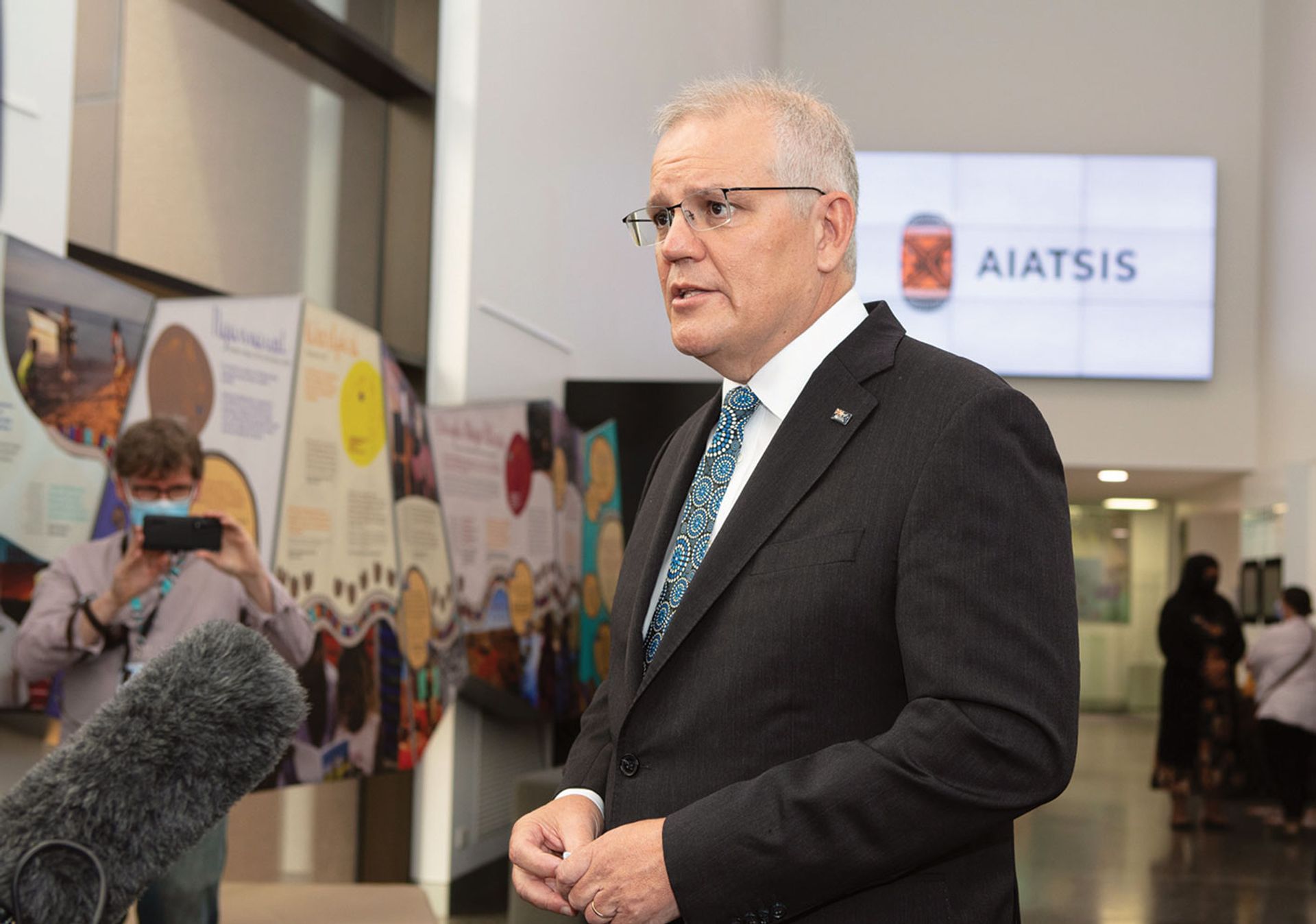
Reactions to the plan have been mixed. The prominent Indigenous activist Michael Mansell has condemned the idea of locating Ngurra within “the white man’s seat of power” in the parliamentary triangle. But the Australian Labor Party’s shadow minister for Indigenous Australians, Linda Burney, says she was “thrilled” with the Liberal-National coalition government’s announcement. “I get what Michael’s saying, but [Ngurra] needs to be given prominence in the nation’s capital in the parliamentary triangle. I think that’s really crucial,” she says.
Burney says ongoing consultation with Indigenous people will be critical to Ngurra’s success. The chief executive of AIATSIS, Craig Ritchie, confirms to The Art Newspaper that “the project will be informed by an Indigenous advisory committee that’s drawn from across the country”. He adds: “The winning architect will need to have deep engagement with Indigenous communities so the design responds to the diversity of Indigenous Australians.”
Canberra has been home to the Ngunnawal and Ngambri people for more than 20,000 years. While the Ngunnawal elder Aunty Roslyn Brown was pleased with the consultation process over Ngurra, long-simmering local tensions were aggravated by the press release announcing the development. Senior Ngambri man Paul Girrawah House asserts that his people have the strongest traditional ties of all to the Canberra area. So when the government’s Ngurra announcement described Canberra as Ngunnawal country, House believed it was a “deliberate, insulting and offensive” omission.
“Canberra got its name from the Ngambri people, but it doesn’t get a mention in the press release,” House says. “It erases the identity of a whole group of people. Government don’t have the right to tell us who we are and where we come from.”
While Burney would not be drawn on House’s claims, she agrees that the Ngambri should have been included in the media announcement. With a federal election due to be called by May, Burney says that the Australian Labor Party will ensure Ngurra is built if it enters government.
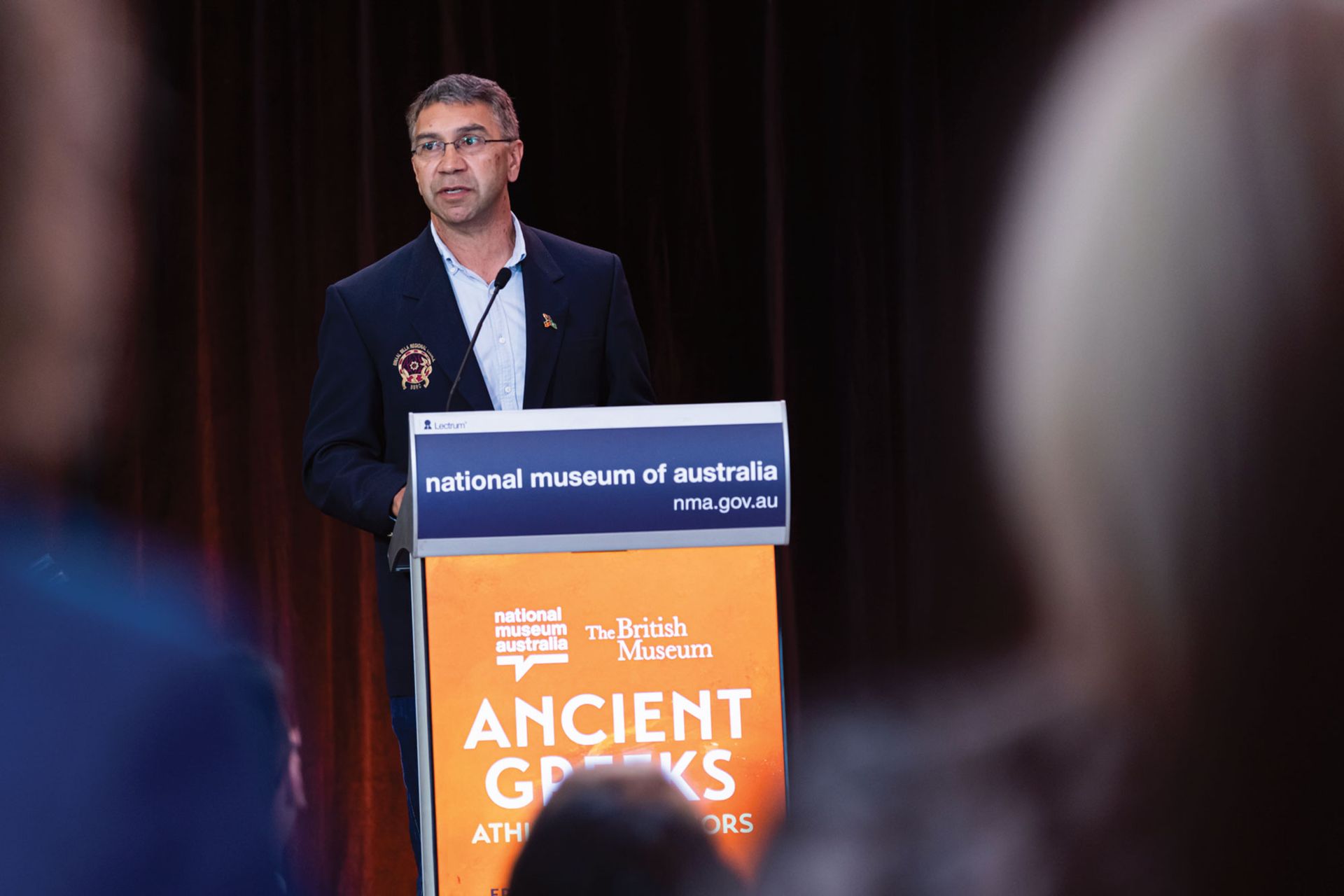
Decades of debate
A National Resting Place has been at the heart of passionate debate in Australia since the 1990s, when the federal government began working with Indigenous people to identify and return ancestral remains and sacred objects from collections in Australia and around the world to their traditional lands. The government now funds eight state and national museums to help with this task, led by the National Museum of Australia.
When the new National Resting Place is built, it will take over this duty from the National Museum and will provide a “dignified” and “more culturally appropriate venue” for the care of ancestral remains until they can be returned to Country, wherever in Australia that may be, Ritchie says.
Remains whose provenance and location in the country cannot be established will remain at Ngurra in perpetuity. They will not be buried or placed in a mausoleum, but will be kept accessible in “vaults” in case future technologies or information allow local repatriation, according to Ritchie. The National Resting Place will be housed in a discrete building so that members of the deceased’s community can conduct private ceremonies.
AIATSIS is currently located adjacent to the National Museum of Australia in Canberra but its collection is only open to the public by appointment. Before the Covid-19 pandemic, it received only around 1,400 visits a year, mostly from academics or people doing family research. But Ritchie believes a whole new visitor cohort will be attracted to Ngurra’s new exhibition spaces that will offer changing displays of artefacts and interactive digital storytelling, anchored by Indigenous voices and perspectives.
Largely held in storage, the AIATSIS collection includes more than 6,000 works of art and artefacts, 5,000 video titles, an online database of Indigenous Australian languages, 700,000 photographs, and 40,000 hours of audio. It continues to grow through donations and purchases, with one of the newest acquisitions being a possum skin cloak by the contemporary Indigenous glass artist Jenni Kemarre Martiniello. Hanging from the cloak are glass pendants engraved with the names of Indigenous soldiers who fell at the infamous First World War battle of Gallipoli in 1915.
Yet for critics such as Paul House, it is more important for the government to spend money alleviating the poverty in which many Indigenous people live today. “We’re still in the country of denial about a whole range of human rights issues,” House says. “[The Ngurra precinct] is just a big election sweetener for Morrison.”
MORE = https://www.theartnewspaper.com/2022/02/04/australia-ngurra-precinct-indigenous-culture






